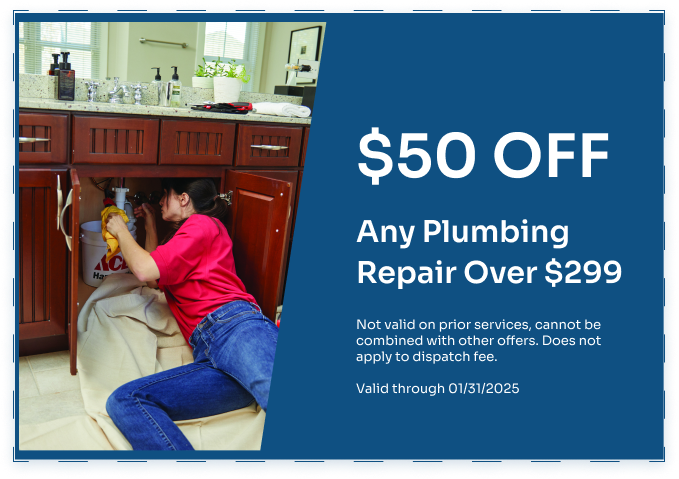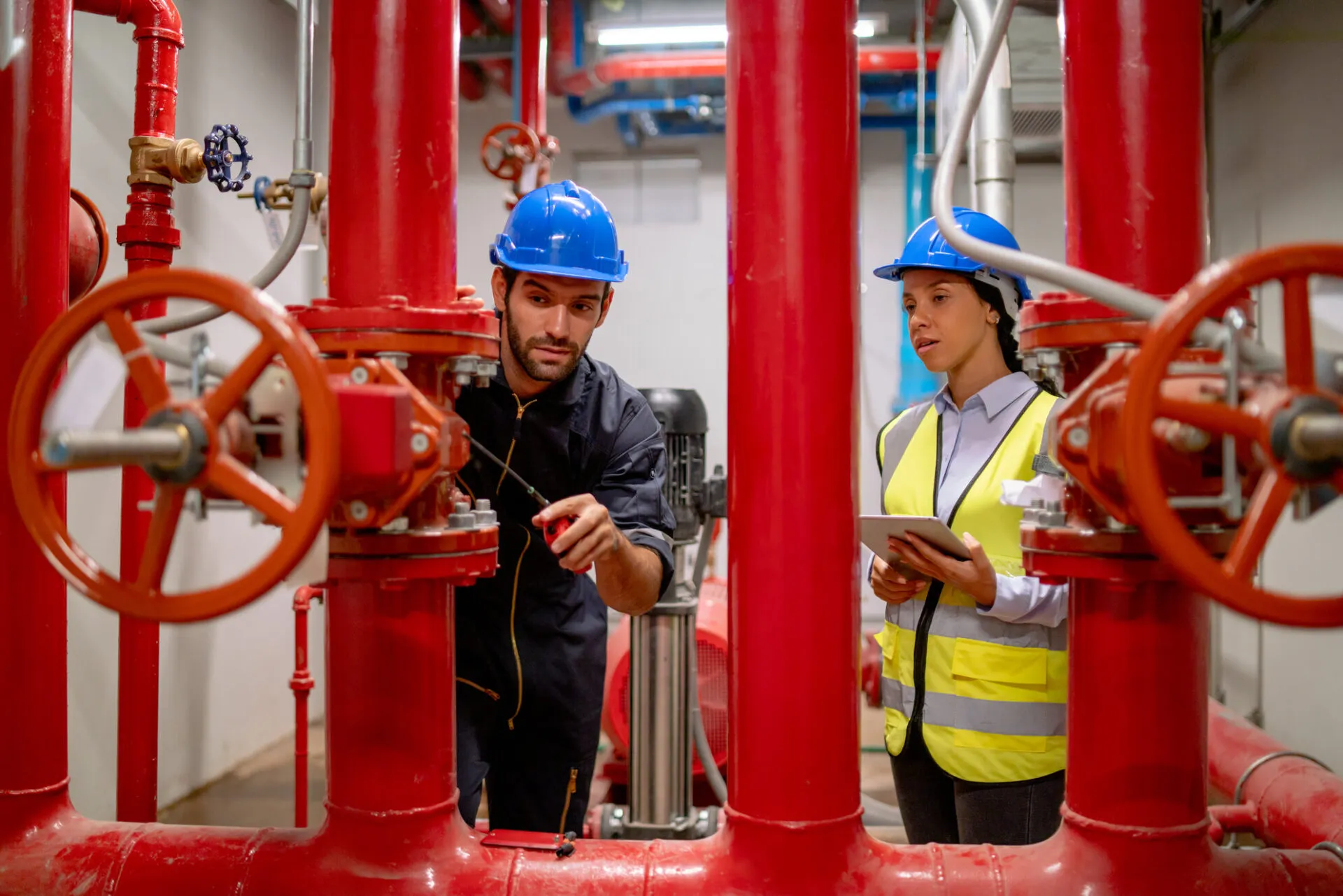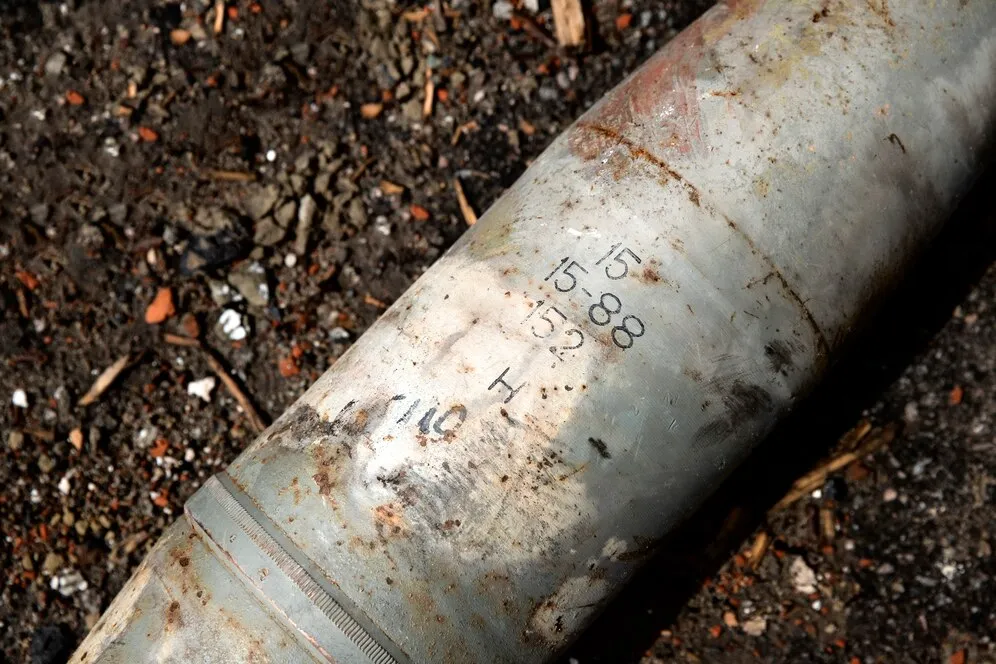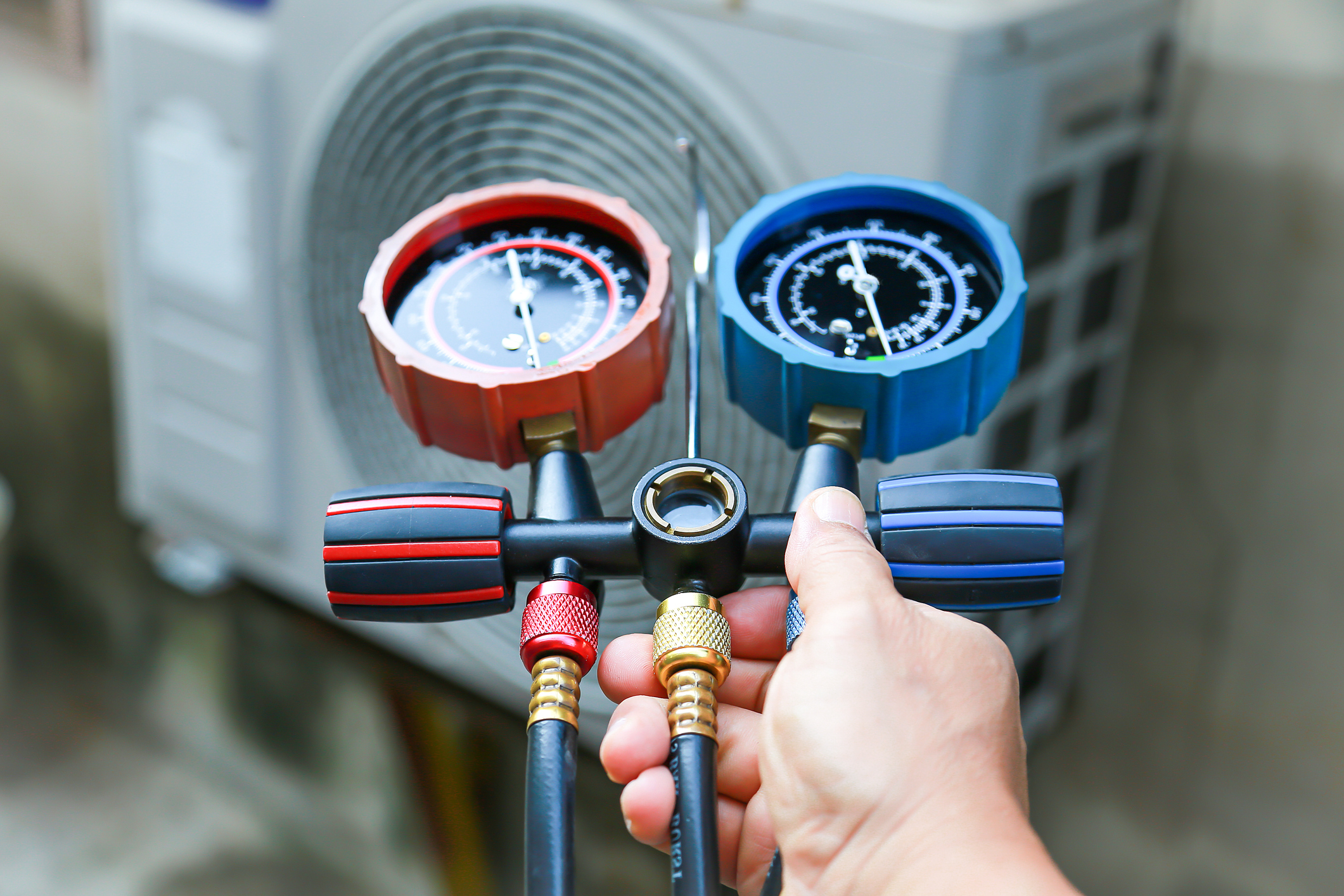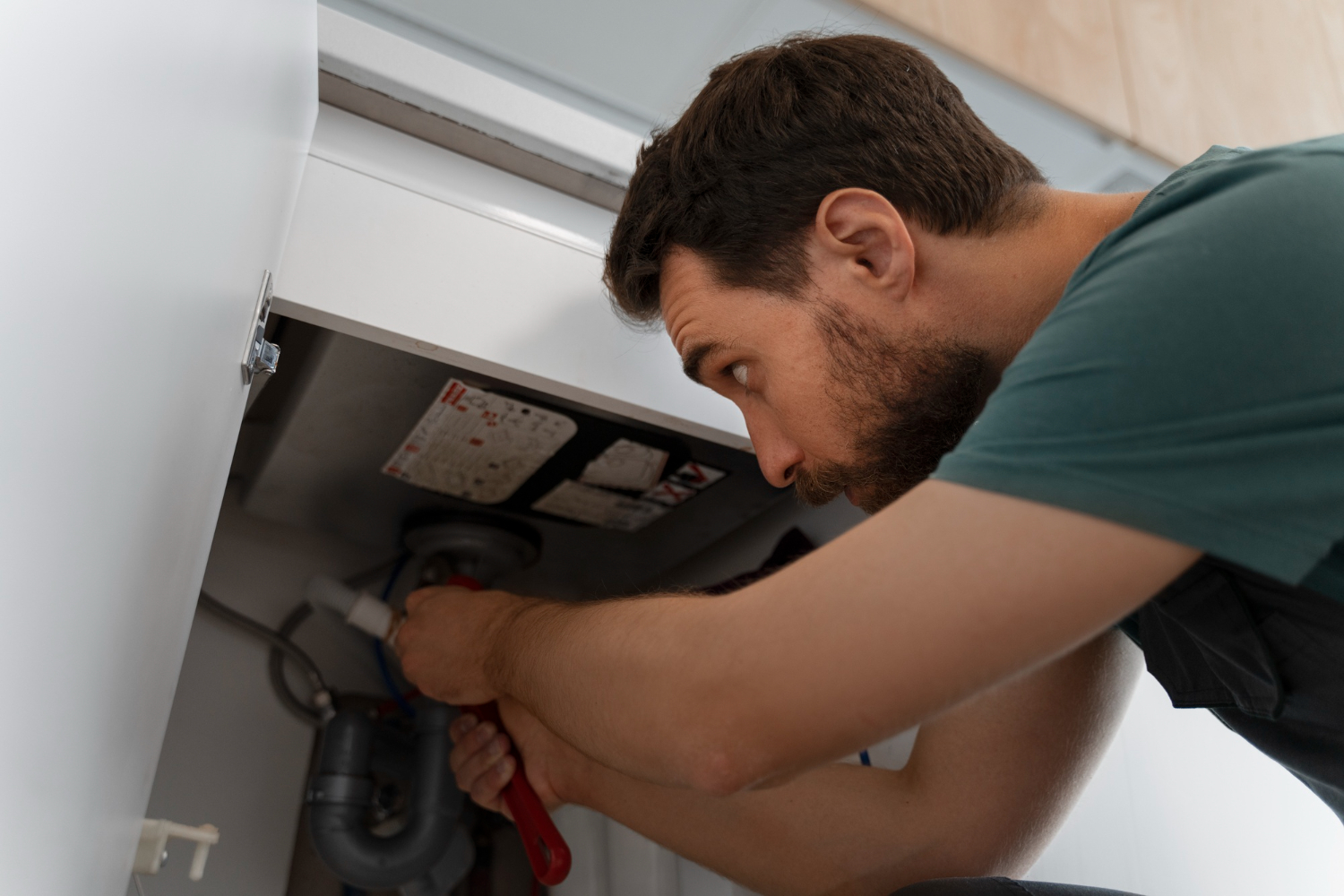Backflow prevention is an essential part of maintaining a safe and healthy home environment. Backflow occurs when contaminated water flows backward into your clean water supply, posing serious health risks. Ensuring that your water remains uncontaminated is vital for the well-being of your family and peace of mind.
Understanding the importance of backflow prevention begins with recognizing what causes this issue. Several factors can contribute to backflow, including changes in water pressure and faulty plumbing systems. When these issues arise, untreated water can enter your home’s clean water system, potentially carrying harmful substances and bacteria.
Implementing backflow prevention measures can protect against these risks. Specialized devices and regular maintenance can significantly minimize the chances of backflow occurring. Professional testing and inspection also play a crucial role in preventing backflow, ensuring that your home’s water supply remains clean and safe. With this knowledge, you can take informed steps to safeguard your home and family from the dangers of backflow.
What Is Backflow and Why It’s Dangerous?
Backflow is the unwanted reversal of water flow that can cause contaminated water to enter your home’s clean water supply. This occurs when the pressure in the water supply drops below the pressure of the contaminated source, allowing pollutants to flow backwards.
The dangers associated with backflow are significant. Contaminated water can introduce harmful chemicals, bacteria, and various toxins into your home’s water system. This contamination poses severe health risks, including gastrointestinal illnesses, respiratory issues, and more. Ensuring that your water remains uncontaminated is crucial for maintaining a safe and healthy living environment.
Backflow can also cause corrosion and damage to your plumbing system. The presence of pollutants can weaken pipes and fixtures over time, leading to costly repairs. Backflow prevention ensures that these risks are mitigated, protecting both your health and your home’s plumbing infrastructure.
Common Causes of Backflow
Several factors can cause backflow in your home’s water supply, often rooted in changes in water pressure and faulty plumbing components. Identifying these causes helps in preventing potential backflow incidents.
- Pressure Changes: Sudden changes in water pressure can lead to backflow. For example, if there’s a disruption in the main water supply, like a burst pipe or significant water use from a hydrant, it can cause lower pressure in the system, allowing contaminated water to flow backward.
- Cross-Connections: Backflow often occurs at cross-connections, where the potable water system connects with a source of contamination. Common cross-connections include garden hoses submerged in pools, dishwashers, and lawn irrigation systems.
- Faulty Valves and Fixtures: Water valves and fixtures that malfunction can allow backflow to occur. For instance, a failed check valve or a leaky faucet can create a path for contaminated water to enter the clean water supply.
- Backpressure and Backsiphonage: Backpressure happens when the pressure in the contaminated source exceeds the pressure in the clean water system. On the other hand, backsiphonage occurs when there’s negative pressure, causing the contaminated water to be siphoned into the clean supply.
How Backflow Prevention Devices Work?
Backflow prevention devices are essential tools designed to keep contaminated water from flowing back into the clean water supply. These devices create a physical barrier or break in the water line that prevents backflow.
- Check Valves: Check valves are one-way valves that allow water to flow in only one direction. They automatically close if the flow reverses, preventing contaminated water from backflowing into the clean supply.
- Air Gaps: An air gap is a physical separation between the water supply outlet and the receiving vessel. This break in the line ensures that contaminated water cannot siphon back into the clean water supply under backsiphonage conditions.
- Pressure Vacuum Breakers (PVB): PVBs are designed to prevent backflow by venting air into the system if a backflow condition occurs. This introduces air into the line, stopping the siphoning effect and preventing contaminated water from entering the clean water supply.
- Double Check Valve Assemblies (DCVA): DCVAs have two check valves in series, providing redundancy for backflow prevention. Even if one valve fails, the second valve will still prevent backflow, offering a higher level of protection.
Types of Backflow Prevention Devices
There are several types of backflow prevention devices, each suited to specific scenarios and plumbing configurations. Understanding the different types helps you choose the right device for your home.
- Atmospheric Vacuum Breaker (AVB): AVBs are simple and cost-effective devices installed at the fixture level. They work by introducing air into the system, preventing backsiphonage. AVBs are commonly used in landscape irrigation systems.
- Pressure Vacuum Breaker (PVB): PVBs are more robust than AVBs and are typically installed on the main water line. They protect against both backpressure and backsiphonage, making them suitable for various applications, including commercial settings.
- Double Check Valve Assembly (DCVA): DCVAs are used in situations where the risk of contamination is medium-level. They feature two check valves for added security and are commonly found in fire sprinkler systems and lawn irrigation setups.
- Reduced Pressure Zone (RPZ) Assembly: RPZ assemblies offer the highest level of protection, ideal for high-risk situations. They consist of two independent check valves with a pressure-monitored zone in between. If one valve fails, the system will still prevent backflow. RPZ assemblies are used in industrial settings and high-risk areas where contaminants could be particularly hazardous.
- Hose Bib Vacuum Breaker: This device attaches directly to the hose bib (outdoor faucet) and prevents contaminants from entering the clean water supply through hoses. It’s an affordable solution for protecting individual outlets.
Signs Your Home Needs Backflow Prevention
Identifying the signs that your home needs backflow prevention is crucial for maintaining a safe water supply. Here are some indicators that you should watch for:
- Discolored Water: If your tap water appears brown, yellow, or cloudy, it could be a sign of contamination. Discoloration often indicates that unwanted substances are entering your water supply.
- Foul Odors: Unpleasant smells coming from your water, such as a sulfur or sewage-like odor, suggest contamination. These smells can indicate bacteria or other harmful substances infiltrating your water system.
- Low Water Pressure: A sudden drop in water pressure can signal a backflow problem. Lower pressure may allow contaminated water to flow back into your clean water supply.
- Unusual Taste: A metallic, salty, or otherwise strange taste in your water is another sign of possible contamination. This can occur when backflow occurs, introducing new and unwanted substances into your drinking water.
- Visible Particles: If you notice particles or sediment in your water, it may indicate that backflow is occurring. These particles are often signs of contamination from outside sources.
Steps to Take If You Suspect Backflow
If you suspect that backflow has occurred in your home, taking immediate steps can safeguard your health and prevent further contamination. Here’s what you should do:
- Turn Off the Main Water Supply: Your first action should be to turn off the main water supply to your home. This stops the flow of potentially contaminated water and limits exposure.
- Inspect Potential Sources: Check common sources of backflow around your home, such as garden hoses, irrigation systems, or any other cross-connections. Look for signs of contamination or malfunction.
- Avoid Using Water: Until you are sure that your water supply is clean, refrain from using it for drinking, cooking, or bathing. Opt for bottled water or another safe water source in the meantime.
- Call Our Professionals: Contact our professionals to perform a thorough inspection and identify any backflow issues. They have the expertise to assess the situation accurately and recommend the best solutions.
- Flush the System: Once any issues are resolved, flush your water system to clear out any remaining contaminants. This involves running faucets and other fixtures for a few minutes until the water runs clear.
- Install Backflow Prevention Devices: If not already in place, our technicians can install the appropriate backflow prevention devices for your home.
How to Maintain Backflow Prevention Devices?
Regular maintenance of backflow prevention devices ensures they function correctly, prolonging their lifespan and maintaining water safety. Here are some essential tips for upkeep:
- Schedule Regular Inspections: Have our professionals inspect your backflow prevention devices at least once a year. Regular inspections can catch issues early before they become significant problems.
- Clean Devices Periodically: Dust, dirt, and other debris can accumulate on prevention devices, affecting their efficiency. Clean them periodically according to the manufacturer’s guidelines to ensure smooth operation.
- Test Functionality: Test the devices to verify that they are performing as expected. Depending on the type of device, you may need specialized tools, so it’s often best to have our technicians handle the testing.
- Replace Worn-Out Parts: Over time, parts of backflow prevention devices can wear out or break. Replace any damaged or worn-out components promptly to maintain the device’s effectiveness.
- Keep an Eye on Water Pressure: Monitoring your home’s water pressure can provide early indications of potential backflow issues. Consistently high or low water pressure might signal a problem with your backflow prevention device.
- Document Maintenance Activities: Keep a detailed record of all inspections, cleanings, repairs, and parts replacements. This documentation helps in tracking the device’s condition and ensures compliance with local regulations.
Benefits of Professional Backflow Testing and Inspection
Professional backflow testing and inspection offer several significant benefits, ensuring that your water supply is protected from contamination. Here’s why you should consider it:
- Accurate Diagnosis: Our professionals have the tools and expertise to accurately diagnose any issues with your backflow prevention devices. They can identify problems that may not be apparent to the untrained eye.
- Compliance with Regulations: Many areas have specific regulations requiring regular backflow testing and certification. Professional testing ensures you stay compliant with these laws and avoid potential fines.
- Preventative Measures: Regular professional testing can catch potential issues before they become serious problems. This proactive approach saves you time and money on costly repairs in the future.
- Enhanced Safety: Ensuring your backflow prevention devices are functioning correctly provides peace of mind. You’ll know that your home’s water supply is safe from contamination, protecting your family’s health.
- Expert Recommendations: During inspections, our professionals can provide valuable recommendations for maintaining or upgrading your system. These insights help optimize your backflow prevention strategy, ensuring maximum protection.
- Efficient Repairs: If an issue is detected during testing, our professionals can perform necessary repairs or replacements quickly and efficiently. This minimizes downtime and maintains the integrity of your water supply.
Common Myths About Backflow Prevention
There are many misconceptions about backflow prevention that can lead to harmful consequences. Let’s debunk some of the most common myths:
- Myth: Backflow Prevention Is Only Necessary for Businesses: While it’s true that businesses often require backflow prevention devices due to higher risks, homeowners are equally vulnerable to backflow incidents. Your home’s plumbing system can be exposed to contamination if proper measures aren’t taken.
- Myth: My Water Pressure Is Always Consistent, So I Don’t Need Backflow Prevention: Water pressure can change unpredictably due to various factors like pipe bursts or heavy demand in your neighborhood. These fluctuations can cause backflow, making prevention devices crucial.
- Myth: Installing a Backflow Prevention Device Once Is Sufficient: Regular maintenance and testing are essential to ensure these devices function correctly over time. A neglected device can fail, exposing your water supply to contamination.
Legal Requirements for Backflow Prevention in Southern New Jersey
Knowing the local regulations for backflow prevention is essential to ensure compliance and safeguard your water supply. Here are some vital points:
- Mandatory Installation: Southern New Jersey requires certain properties, especially commercial and industrial, to have backflow prevention devices installed. Some residential properties may also be subject to these regulations.
- Regular Inspections: The local government mandates regular inspections and tests of backflow prevention devices to ensure they work properly. Certified inspectors must perform these tests annually or as stipulated by local laws.
- Compliance Documentation: Property owners must keep records of installation, maintenance, and inspection to remain compliant. Failure to do so can result in penalties and put your water safety at risk.
Advanced Tips for Maximizing Home Safety Against Backflow
Taking additional steps can further protect your home from backflow incidents, beyond the basics of installation and maintenance. Here are some advanced tips:
- Install Multiple Devices: Depending on your home’s layout and water usage, consider installing multiple backflow prevention devices at various points to ensure comprehensive protection.
- Regular Self-Inspections: In addition to professional checks, conduct regular self-inspections to spot any visible issues like leaks or corrosion. Early detection can prevent severe problems.
- Educate Household Members: Ensure that all household members know the importance of backflow prevention and understand basic maintenance tasks like not blocking ventilation or reporting any suspicious changes in water quality.
Why Choose EnviroSafe for Your Backflow Prevention Needs?
Ensuring effective backflow prevention is crucial for maintaining the safety and quality of your water supply. By understanding common myths, adhering to local regulations, and implementing advanced safety measures, you can efficiently safeguard your home against backflow incidents.
Secure the safety of your water supply today. Contact EnviroSafe Plumbing, Heating, Air Conditioning, Water Treatment to schedule your backflow prevention in Pittsgrove and experience the peace of mind that comes with expert care. Act now to protect your home and family with our reliable and professional services!
